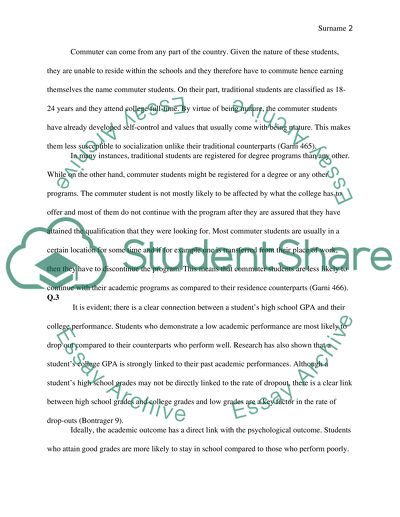Cite this document
(“Adult Learners Postsecondary Academic Persistence Dissertation”, n.d.)
Adult Learners Postsecondary Academic Persistence Dissertation. Retrieved from https://studentshare.org/education/1485694-adult-learners-postsecondary-academic-persistence
Adult Learners Postsecondary Academic Persistence Dissertation. Retrieved from https://studentshare.org/education/1485694-adult-learners-postsecondary-academic-persistence
(Adult Learners Postsecondary Academic Persistence Dissertation)
Adult Learners Postsecondary Academic Persistence Dissertation. https://studentshare.org/education/1485694-adult-learners-postsecondary-academic-persistence.
Adult Learners Postsecondary Academic Persistence Dissertation. https://studentshare.org/education/1485694-adult-learners-postsecondary-academic-persistence.
“Adult Learners Postsecondary Academic Persistence Dissertation”, n.d. https://studentshare.org/education/1485694-adult-learners-postsecondary-academic-persistence.


